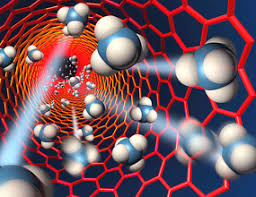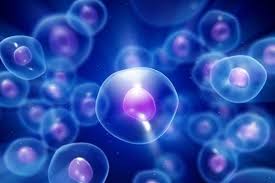Methodology of Cellular Nanostructures (CNT Tubular Nano Carbon and PEG Nano Materials) Nano-Microelectronics (Educational-Research Ph.D.)
Researcher and author: PhD student (Afshin Rashid
Note: Carbon nanotubes reduce toxicity and damage to cells of living things. The biocompatibility of carbon nanotubes allows them to take advantage of their unique properties in the biological environment. Connecting functional groups can be done externally, through points that have structural defects.
In the structure at the open ends of the nanotubes, and even by incorporating molecular structures into the nanotube interior, there can be many ways to functionalize the nanotubes, one of the common methods of coating nanotubes with polyethylene glycol. PEG) is widely used. Biocompatible polymeric polyethylene glycol coating is most commonly used in nano-biosensors and can improve coating behavior by covalent bonding or non-covalent bonding of CNTs. That is, by the covalent bonding of PEG to the CNT surface, the molecular weight increases.
It has been attempted to modify and modify the surface properties of carbonate nanotubes by bonding the phospholipid-polyethylene glycol PEG derivatives onto the nanotube surface, increasing their solubility and biocompatibility.
Methodology of Cellular Nanostructures (CNT Nano Carbon Tubes
Using phospholipid-polyethylene glycol in carbon nanotubes solubilization To functionalize CNT carbon nanotubes, phospholipid-polyethylene glycol derivatives of varying chains length and branched or linear structure can be used. The presence of nano-functional groups such as nanoamines at the end of the polyethylene glycol chain also allows the loading of biological nano-molecules and consequently the application of nanotubes in nanosensors and biosensors.
Conclusion :
The results of this study confirm that electron and chemical modification of surfaces in nanoparticles can be enhanced by maintaining their functionality, especially in the group of nanosensors and biosensors.




